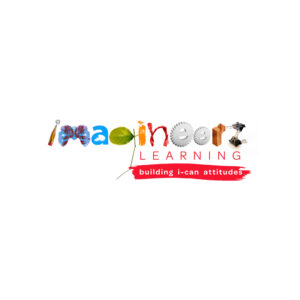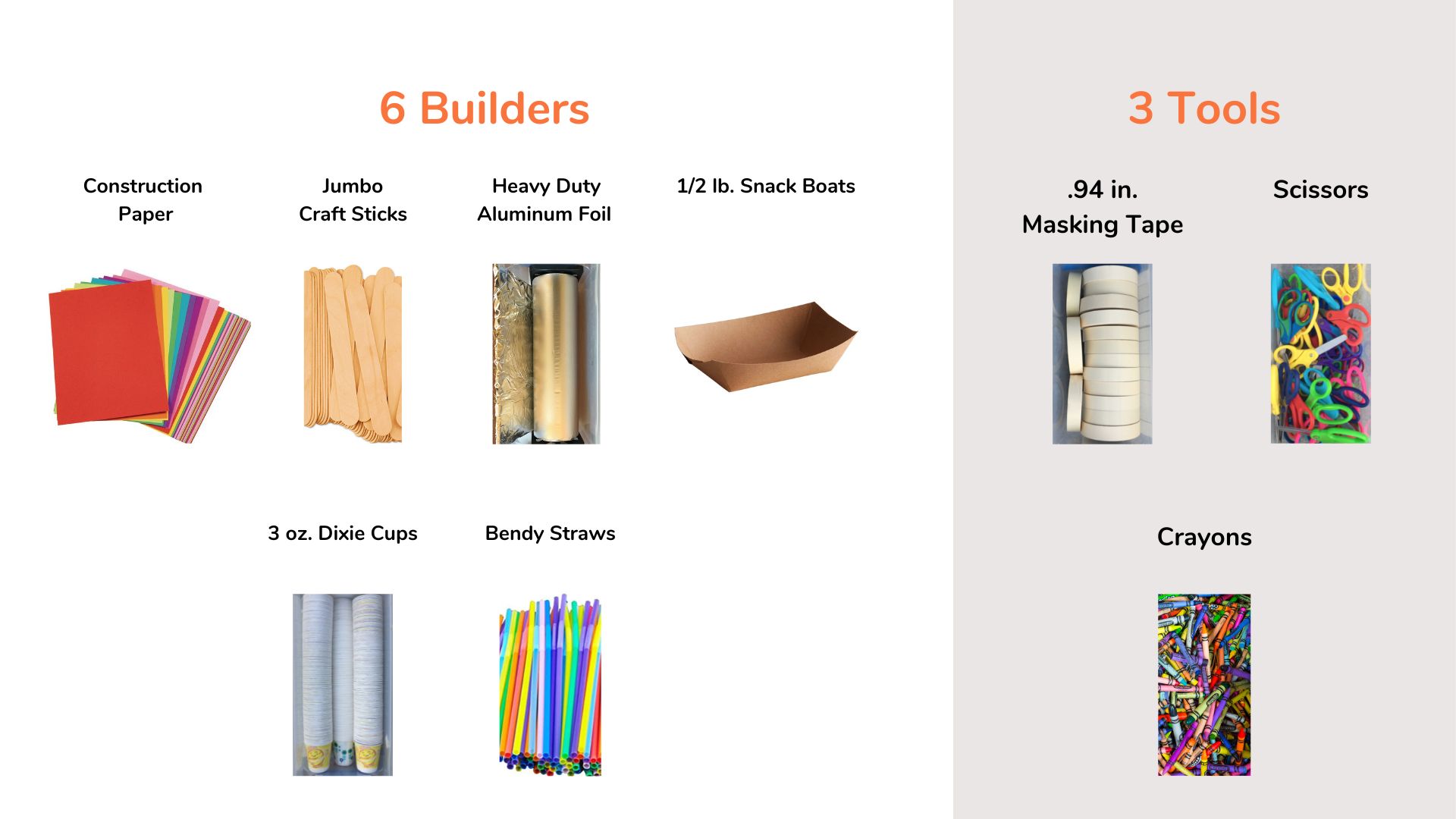STEM Challenge: Happy Penguin

Context for Challenge
Students will become engineers and artists, tasked with building their own Happy Penguin, a new friend for Vana and Naosi! This challenge encourages creativity, problem-solving, and material exploration.
Materials

Set Up
- Prepare Materials: Ensure you have all the necessary materials ready beforehand and organize them so that they are easily accessible to students. Students should use no more than three of any one material per creation! For example, a student can use five straws and five pieces of paper, but not ten straws. If you provide aluminum foil, no more than one arm’s length piece for each student!
- Provide Guidelines and Constraints: Reiterate the challenge to students, as needed. Building time is 45 minutes!
- Model the Design Process: Before students begin, demonstrate the design process by going through the steps yourself. Discuss how to brainstorm ideas, create prototypes, test them, and make iterations based on the results, as needed.
- Encourage Collaboration: Foster a collaborative environment where students can work together in pairs. Encourage them to share ideas, help each other troubleshoot challenges, and provide constructive feedback throughout the process. But no groups of three!
- Support Adaptation: Encourage students to embrace the mindset of adaptation and problem-solving. Help them see that setbacks and failures are opportunities to learn and make improvements. Guide them in identifying areas for adaptation and brainstorming alternative solutions.
- Facilitate Reflection: Set aside time for students to reflect on their design process and decision-making. Ask questions that prompt them to think critically about their choices, challenges they faced, and what they learned from the experience. Students can reflect individually, in pairs, or as a whole-class discussion.
- Celebrate and Showcase: Celebrate students’ efforts and showcase their work.
CASEL Discussion Questions
Five questions aligned to Social Awareness and Relationship Skills — our focus CASEL competency for Module 4 and Module 5 — for teachers to foster an engaging discussion and social-emotional learning
-
- What strengths did you discover about yourself during this challenge? How did they help you complete your penguin?
- How did you handle any challenges or setbacks while building your penguin? What strategies did you use to stay motivated and find solutions?
- What was the most creative decision you made in your design? Why did you choose the materials you did for each part of your penguin?
- Did this challenge teach you anything new about your own approach to problem-solving or creativity? How might you use this insight in future projects?
- How did completing this project on your own make you feel? What did you enjoy the most, and what was the most challenging part?



